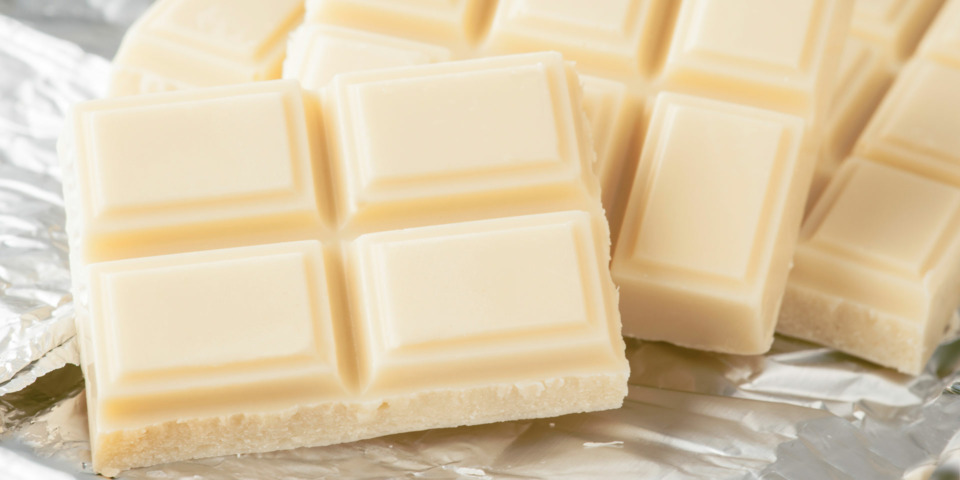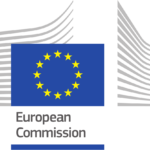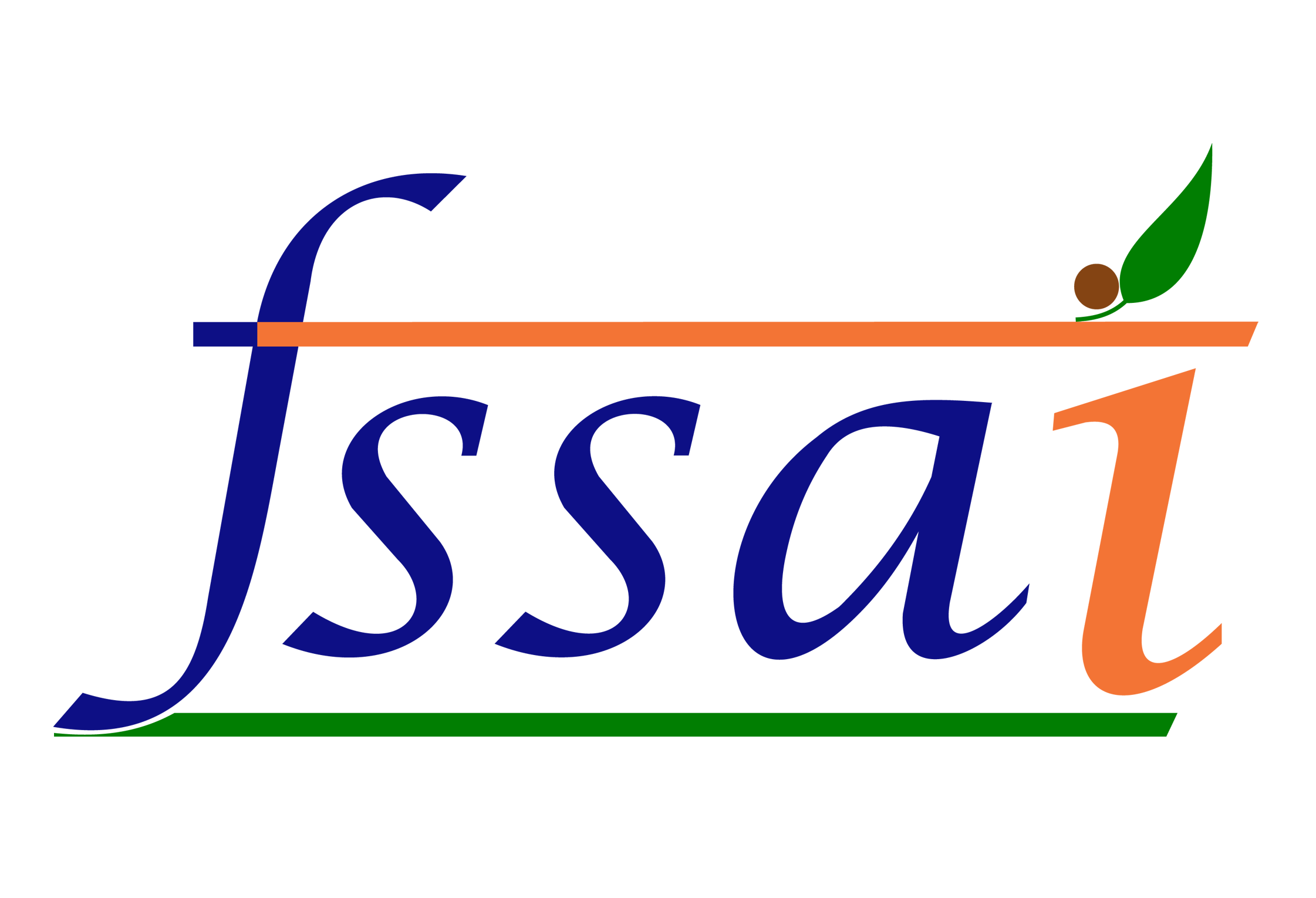In recent times, more consumers are becoming increasingly aware of the ingredients in their food, whether it is a coloring agent or a flavor additive.
In this scenario ,the EFSA (European Food Safety Authority) has deemed an additive that has been used in various foods for several decades as unsafe, which has created a buzz among people as well as manufacturers in the food industry.
What is Titanium Dioxide?
Titanium Dioxide, E171 , is one of the most widely used food colourant .It is mainly used as whitening and brightening agent in a wide range of products like chewing gum , mayonnaise, soy milk, candies, pastries, coffee creamers, chocolates, and cake decorations.
The main technological function of Titanium dioxide is to make food more visually appealing, to give white color to food, or even to restore the original appearance of food that is lost during any stages of processing.
After several years of research, an expert panel of The European Food Safety Authority (EFSA) has reclassified that food coloring E171 ,Titanium Dioxide ,can no longer be considered safe as a food additive.
Why is Titanium Dioxide considered unsafe ?
A critical element in reaching this conclusion was the genotoxicity concerns after consumption of titanium dioxide particles.
The safety of titanium dioxide as a food additive revolves around the particle size. After oral injection of food containing titanium dioxide, the absorption of titanium dioxide particles is low, however the bigger particles won’t be absorbed easily, but the smaller ones could get into the tissues and they can accumulate in the body, which can lead to genotoxicity.
So most toxicology research has focused on the health effects of consuming those larger particles, whose particle size is relatively large – over 100 nanometers (nm)
What is Genotoxicity Assessment ?
Genotoxicity refers to the ability of a chemical substance to damage DNA, the genetic material of cells. As genotoxicity may lead to carcinogenic effects, it is essential to assess the potential genotoxic effect of a substance to conclude on its safety, hence studies on it are still on to determine the carcinogenic effect.
After taking many thousands of studies into consideration , the assessment concluded that Titanium dioxide E 171 contains at most 50% of particles in the nano range (i.e. less than 100 nanometres) to which consumers may be exposed.
Although the evidence for general toxic effects was not conclusive, on the basis of the new data and strengthened methods , studies could not rule out a concern for genotoxicity and consequently they could not establish a safe level for daily intake of TiO2 as a food additive.
When did this controversy begin?
In 2016, the safety of the food additive E171 was re-evaluated by the EFSA Panel on Food Additives and Nutrient Sources added to Food (ANS), after which the ANS Panel recommended that new studies be carried out to fill the gaps on possible effects on the reproductive system and establish Acceptable Daily Intake (ADI) value.
In 2019, EFSA published a statement on the review of the risk related to the exposure to food additive titanium dioxide performed by the French Agency for Food, Environment and Occupational Health Safety (ANSES).
In the beginning of 2020, France became the first country to ban titanium dioxide from being used as a food additive.However EFSA has not banned titanium dioxide, but its role was limited to evaluating the risks linked to titanium dioxide as a food additive.
Ever since the re-evaluation opinion was published by EFSA in 2016, the demand for an alternative for titanium dioxide has grown.This has led many industries to successfully manufacture effective, natural and stable alternative solutions that can match the performance characteristics of titanium dioxide.
Is Titanium Dioxide allowed in India?
Yes, titanium dioxide is a permitted food coloring agent as per FSSAI. It is a GMP additive , which means, you can add the lowest possible level necessary to accomplish its desired effect on foods.
Keeping in mind all the adverse health effects of consuming titanium dioxide, will FSSAI also limit or ban the most commonly used food coloring agent ? To get the answer for this question we need to wait and watch.
Author: Meera V. is a Food Technologist and goes to quite an extent to tell the food businesses what they can do to improve the food safety and hygiene. She is a Senior Associate Consultant at Food Safety Works and regularly audits food businesses to check on their compliance and also plays a crucial role in regulatory and compliance team.







